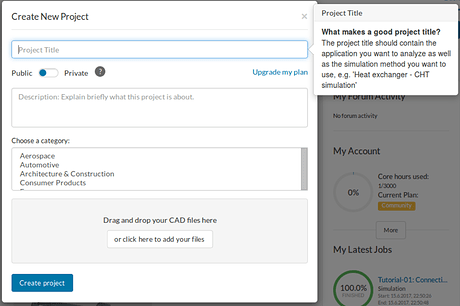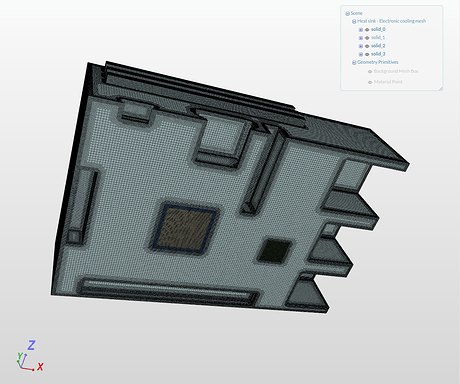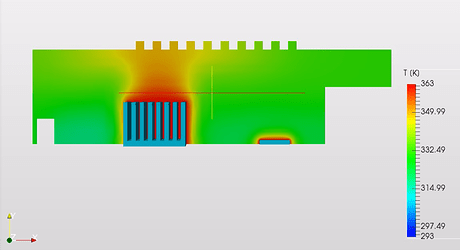Dear SimScalers,
we released a new update today on SimScale. It features improvements in some workflows and updates in the documentation and validation of SimScale.
Solid mechanics analysis type selection
This is a minor change in how analysis types are presented in the selection widget without implications on the functionality or availability of the solvers. As this change affects one of the main workflows - the Simulation creation - in the SimScale workbench it is important to note it here though.
We changed the default analysis types for Static, Dynamic, Thermomechanical and Heat transfer analyses to be the former advanced analysis types e.g. Static analysis - advanced, as those cover the functionality of the former default analysis types and many more features on top of it. Therefore, they are used much more frequently and should be exposed as default option.
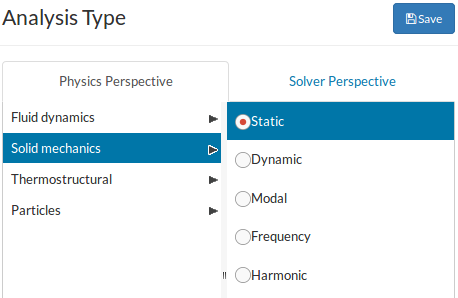
We moved the original simple analysis types e.g. Static analysis to the solver perspective. You can find them under the CalculiX solver section. Of course this does also not affect old simulations, they are just displayed in a different section of the analysis type widget.
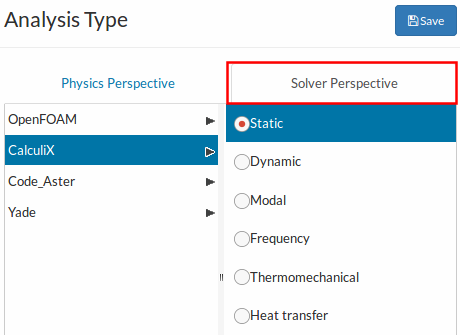
Community-friendly project description
Lots of engineers in the SimScale community rely on community projects to get a first glance on how to model new applications properly or even use them as a template for their simulation. In order to find suited, high quality content the project search relies on our community members to name and explain their projects in a descriptive way. We added some help how to do so in the project creation pop-up for public projects.
Show and hide named sets
We added a small feature that was requested by some customers that make frequent use of face sets for e.g. CFD boundary condition setups which allows you to also hide and show those via the scene tree on the right.
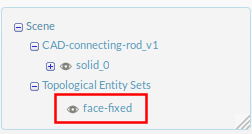
Conjugate heat transfer tutorials
We updated the meshing and simulation tutorials for conjugate heat transfer applications in the documentation. They are based on an electronic cooling case but apply as well for other simulations like heat exchanger efficiency or thermal comfort analyses.
